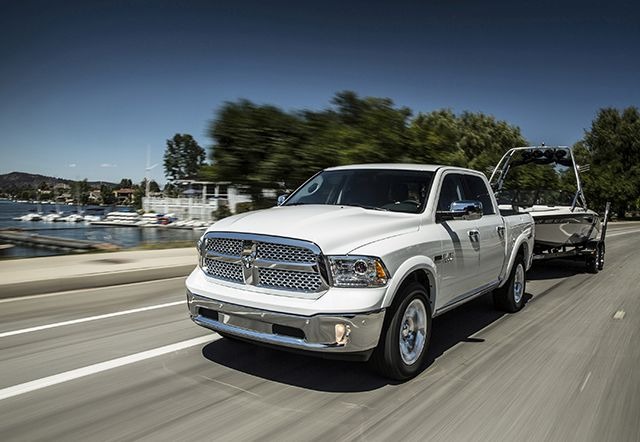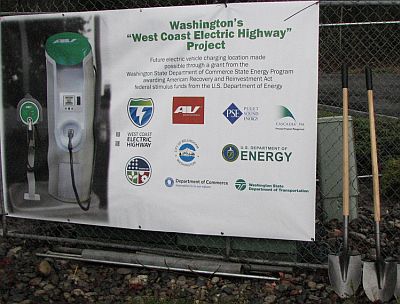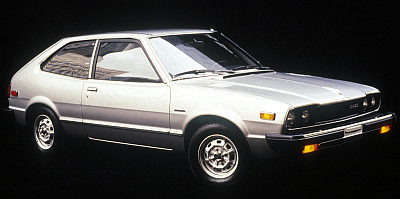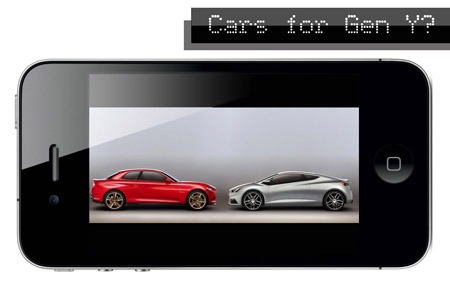Search the Community
Showing results for tags 'Fumes'.
-

Ram 1500 EcoDiesel 4x2 Models Making Their Owners Sick
William Maley posted an article in Ram Trucks
The Ram 1500 EcoDiesel has been widely lauded by the press for its impressive fuel economy. It has also become a big hit for the company. However, a number of owners are feeling a bit ill when driving their EcoDiesels. Detroit ABC news station WXYZ reported back in December that a number of Ram 150... -

Ram News: Ram 1500 EcoDiesel 4x2 Models Making Their Owners Sick
William Maley posted a topic in Ram
The Ram 1500 EcoDiesel has been widely lauded by the press for its impressive fuel economy. It has also become a big hit for the company. However, a number of owners are feeling a bit ill when driving their EcoDiesels. Detroit ABC news station WXYZ reported back in December that a number of Ram 150... -
G. David Felt Staff Writer Alternative Energy - CheersandGears.com Wednesday, November 07, 2012 Tax Payer supplied Charging stations. Are we getting our money’s worth? Recently, a newly expanded Park and Ride by my house went live with charging outlets for 20 cars having been installed at the M...
-
Cort Stevens Editor/Reporter - CheersandGears.com March 21, 2012 Toyota Camry. Honda Accord. Since 1982 and 1976 respectively, these two models have evolved and changed with the times, without enduring a name change. Similar history can be traced for such entries as the Honda Odyssey. The first...
-
-
G. Noble Editor/Reporter CheersandGears.com 28th February, 2012 It’s now official; the majority of my generation — Generation Y — has a deep-rooted dislike for the automobile. Unlike our parents from the Baby Boomer and Generation X age brackets, we no longer associate cars with our own independ...
-










